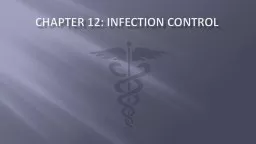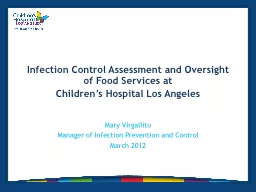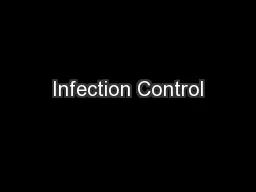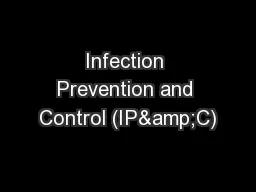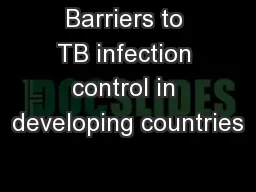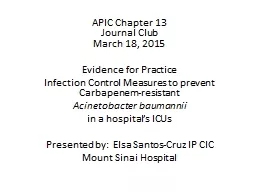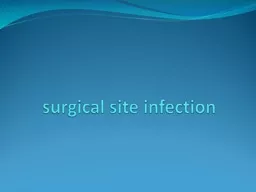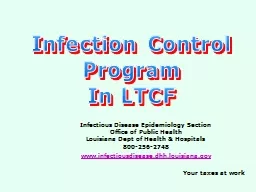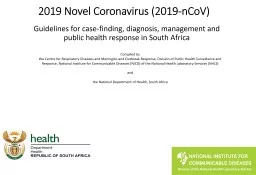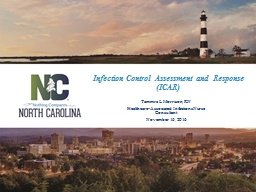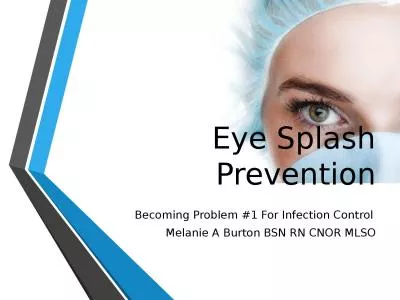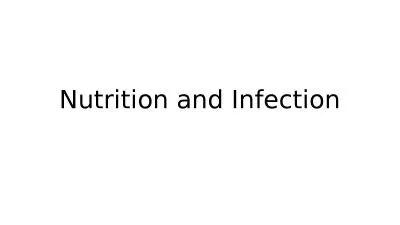PPT-Chapter 12: Infection Control
Author : SportyChick | Published Date : 2022-07-28
Learning Goals Understand principles of infection control are essential to all healthcare workers Provide a basic knowledge of how disease is transmitted Main emphasis
Presentation Embed Code
Download Presentation
Download Presentation The PPT/PDF document "Chapter 12: Infection Control" is the property of its rightful owner. Permission is granted to download and print the materials on this website for personal, non-commercial use only, and to display it on your personal computer provided you do not modify the materials and that you retain all copyright notices contained in the materials. By downloading content from our website, you accept the terms of this agreement.
Chapter 12: Infection Control: Transcript
Download Rules Of Document
"Chapter 12: Infection Control"The content belongs to its owner. You may download and print it for personal use, without modification, and keep all copyright notices. By downloading, you agree to these terms.
Related Documents

